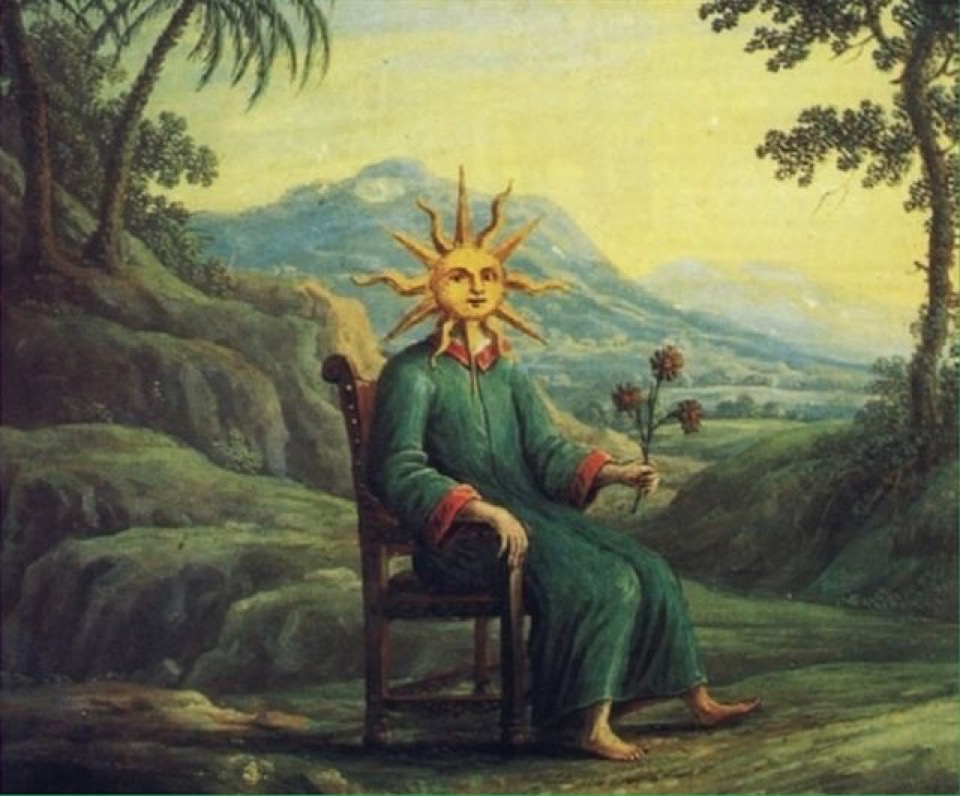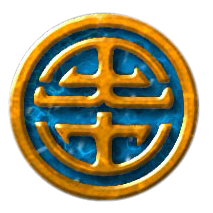Punto Verde
16/07/22 18:54

Questions and Answers A BRIGHT GREEN POINT
Domande e Risposte UN PUNTO VERDE ILLUMINATO
Q:I’m curious (about your latest video). In the organ qigongs i've learned in the past the particular colors for the organs- red for heart, yellow for spleen, etc...are concentrated on the particular organ with it's own intrinsic color. My question then is the concentration on the color green because it's the opposite of red and the idea is to use the opposite color to subside the fire in the heart? Or is it that, since the liver (color green) feeds the heart fire, that you are concentrating on the green point as a way of feeding the heart fire through the liver?
D: Sono curioso ( a proposito del tuo ultimo video). Nei Qigong degli Organi ho imparato in passato che i colori particolari degli organi - rosso per il cuore, giallo per la milza, ecc... sono concentrati sull'organo particolare con il suo colore intrinseco. La mia domanda quindi è: in questo esercizio la concentrazione sul colore verde perché è l'opposto del rosso e l'idea è quella di usare il colore opposto per placare il fuoco nel cuore? O invece, poiché il fegato (colore verde) alimenta il fuoco del cuore, ti stai concentrando sul punto verde come un modo per alimentare il fuoco del cuore attraverso il fegato?
A: Hello, your question is beautiful and interesting! I believe that in this case the green color is precisely to calm the "red", the intensity and excess into which the "master of the Heart" can fall. The illuminated green point, real or imagined, is very useful for calming the heart and also the thoughts because in the Far East this organ is associated with the mind. Personally, it has always reminded me of the concept of Viridity of Saint Hildegard. Although green is associated with the liver it could also be said that green is the color of the mind in a state of meditation. Often in Qi Gong this law of compensation is used, for example in the "Six Harmonious Sounds" The sound of the Heart "Ke" vibrates the lower part of the tongue, the area corresponding to the Kidney-Water, its opposite. So it acts on the heart indirectly. In the same way the sound of the Kidney "Chui" makes the tip of the tongue corresponding to the Heart-Fire vibrate: The Cold-Kidney-Winter is toned with the heat of the Fire-Summer.
R: Ciao, bella e interessante la tua domanda! Credo che in questo caso il colore verde sia proprio per calmare il "rosso", l'intensità e l'eccesso in cui il "maestro del Cuore" può cadere. Il punto verde illuminato, reale o immaginato, è molto utile per calmare il cuore ed anche i pensieri perché in estremo oriente questo organo è associato alla mente. Personalmente mi ha sempre ricordato il concetto di Viridità di Santa Ildegarda. Anche se il verde è associato al fegato si potrebbe anche dire che il verde è il colore della mente in uno stato di meditazione. Spesso nel Qi Gong si usa questa legge della compensazione, ad esempio nei "Sei Suoni Armoniosi" Il suono del Cuore "Ke" fa vibrare la parte bassa della lingua, zona corrispondente al Rene-Acqua, il suo opposto. Quindi si agisce sul cuore indirettamente. Allo stesso modo il suono del Rene "Chui" fa vibrare la punta della lingua corrispondente al Cuore-Fuoco: Il Freddo-Rene-Inverno si tonifica con il calore del Fuoco-Estate.
blog comments powered by Disqus
